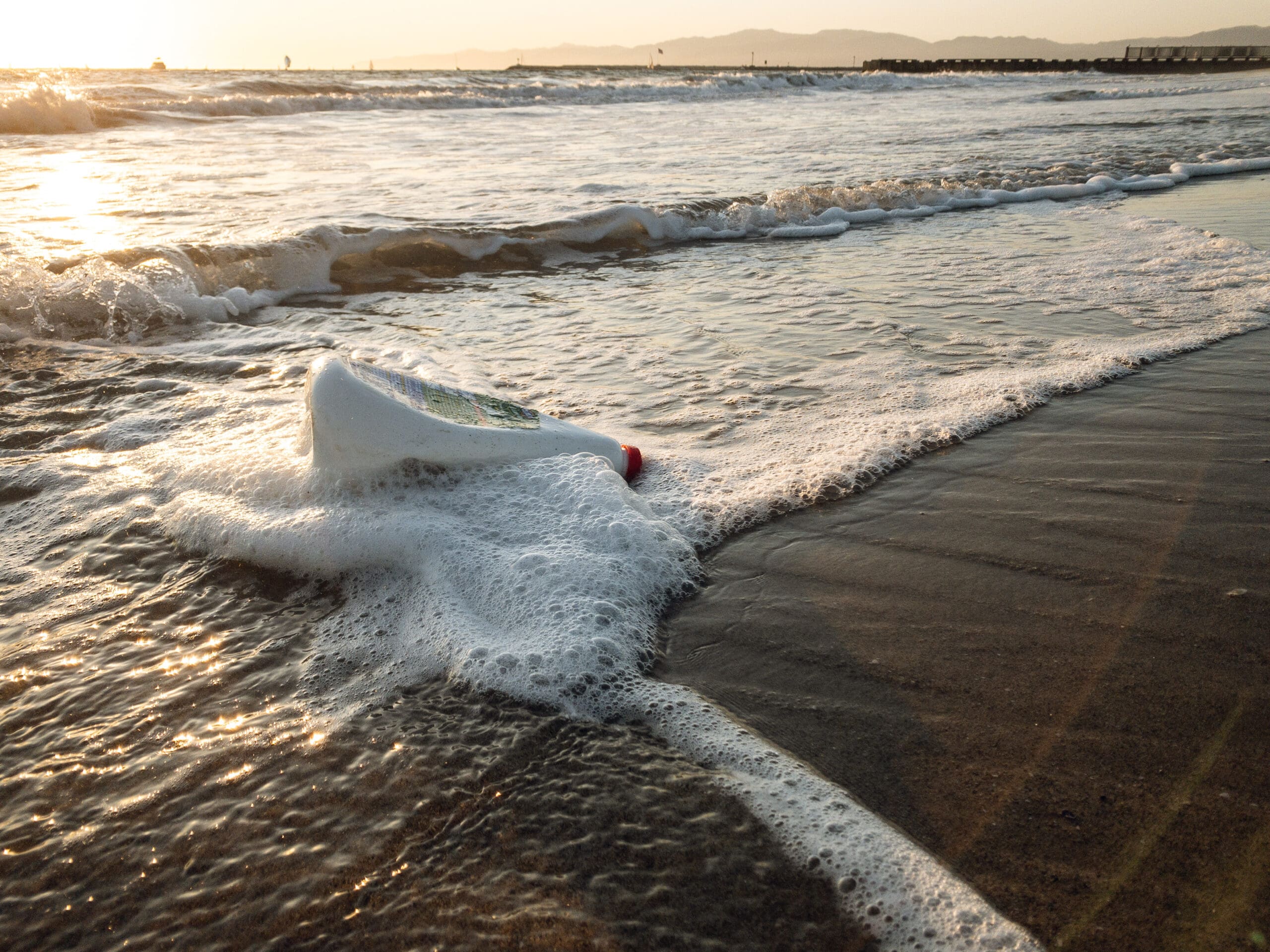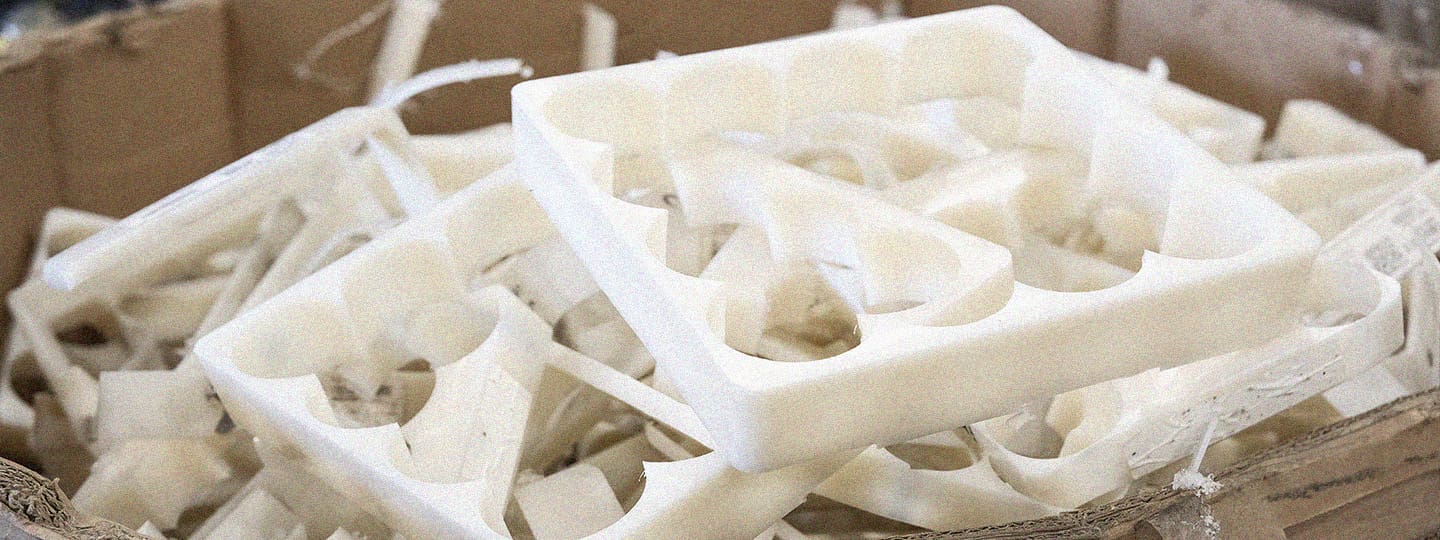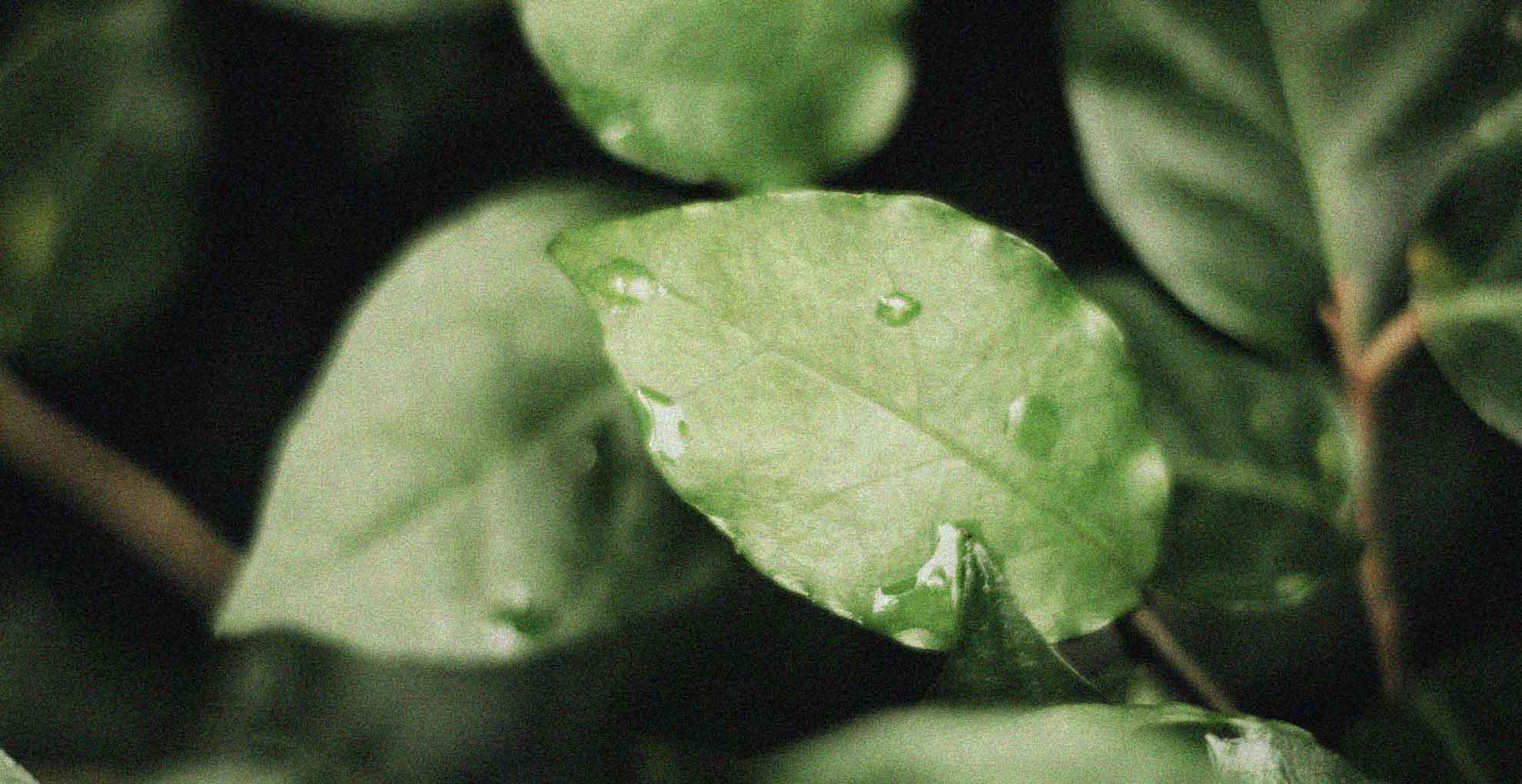Plastics in Packaging – Nov 4, 2020
Written by Dan Weissmann
Could the ‘largest ever solicitation for plastics waste’ create a massive opportunity for material recovery facilities and municipalities across the US? Dan Weissmann investigates
When Brightmark launched a solicitation for some 1.2 million tonnes a year of post-consumer plastics at the end of July 2020, it unsurprisingly created a stir in the recycling industry. According to Bob Powell, the San Francisco, US-based company’s chief executive, the response has been both favorable and overwhelming.
The solicitation is based on the company’s conviction that it has an “economic solution”, combining the right technology with operational know-how, for achieving a significant change in the landscape of plastics recycling.
Brightmark calls itself a global waste solutions company that takes a holistic approach to tackling the planet’s most pressing environmental challenges with imagination and optimism for the future.
The company’s activities gained even more attention after the recent formation of the US Plastics Pact, a collaboration led by The Recycling Partnership and World Wildlife Fund (WWF) that includes more than 60 brand owners, retailers, suppliers, government and non-governmental organizations, researchers, and other stakeholders.
As part of the Ellen MacArthur Foundation’s global Plastics Pact network, the US Plastics Pact is intended to drive collaborative action and deliver a significant system change toward a circular economy for plastics. This will enable companies and governments in the US to collectively meet impactful goals by 2025 that they could not otherwise meet on their own.
The four goals are: to define a list of packaging to be designated as problematic or unnecessary by 2021, and take measures to eliminate them by 2025; to make all plastics packaging 100 percent reusable, recyclable, or compostable by 2025; to undertake ambitious actions to effectively recycle or compost 50 percent of plastics packaging by 2025; and to achieve an average recycled content or responsibly sourced bio-based content in plastics packaging of 30 percent, also by 2025.
There is no question that the targeted amount of post-consumer material can be found in plastics collection streams at materials recovery facilities (MRFs). At present, only a fraction of the consumed plastics makes its way back to be recycled and reused.
The Association of Plastic Recyclers (APR) and American Chemistry Council (ACC) stated in their 2018 United States National Postconsumer Plastic Bottle Recycling Report that the overall post-consumer bottle recycling rate in the US was just 29 percent, the majority being PET and HDPE. Bottles represent only a fraction of the quantity of such plastic materials in overall consumption.
Of the balance not recycled, a small portion is incinerated, while the majority ends up being discarded. Globally, 7.5 percent of plastics are incinerated, and just below 80 percent are discarded, ending up mainly in landfills.
Brightmark closed a $260 million financing package last year for the construction of the first commercial-scale plastics-to-fuel plant in the US, which will be located in Ashley, Indiana. Part of the financing closure saw Brightmark become the controlling owner of RES Polyflow, an Ohio-based energy technology company that had developed a converting process for plastics into fuels.




